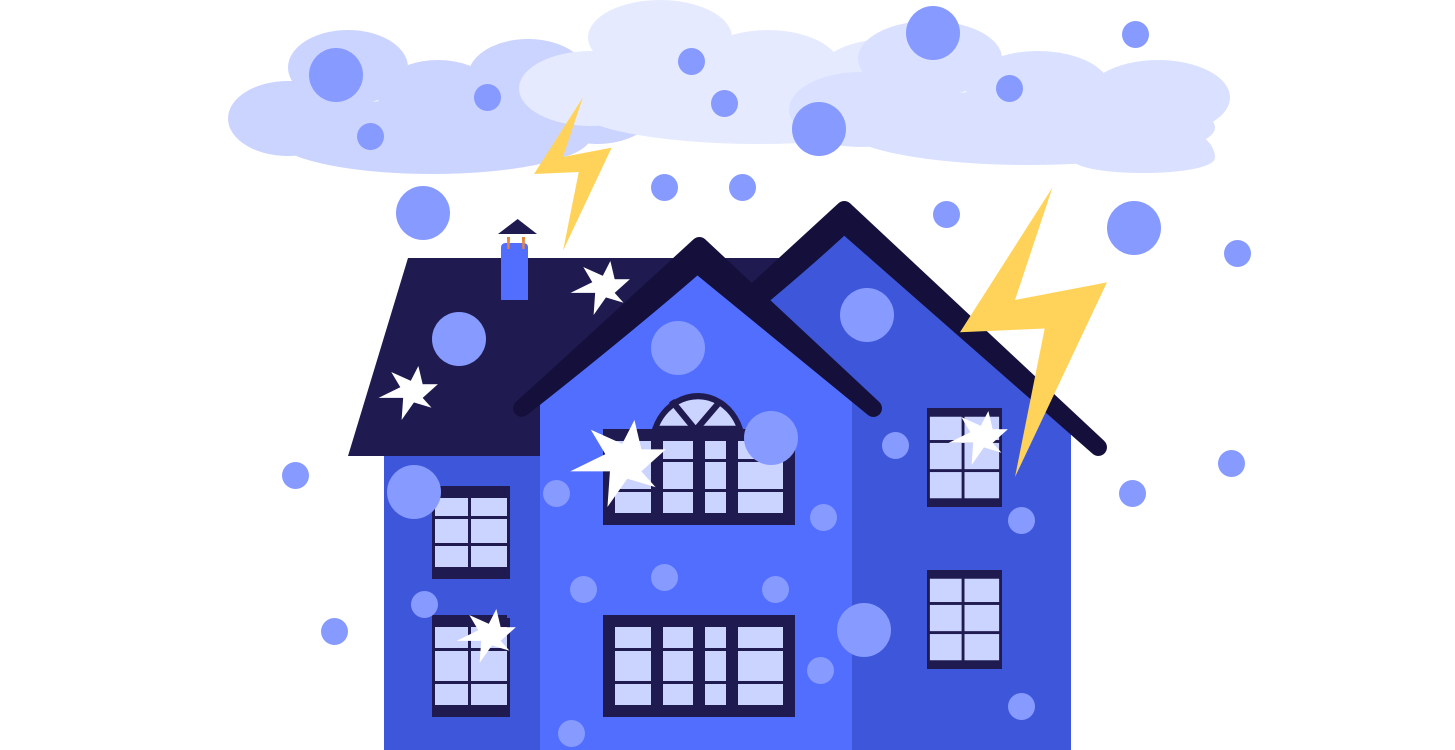Peak hail season in the U.S. occurs from May to August — are you prepared? Hail can damage your home significantly and result in thousands of dollars of repairs, especially if you don't have adequate, affordable home insurance coverage.
To find the states with the most predicted hail risk in 2022, MoneyGeek analyzed expected annualized losses from hail overall and per capita.




